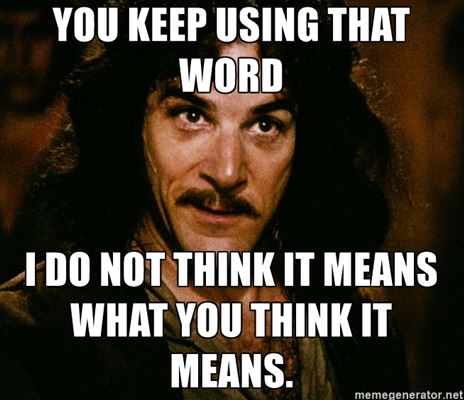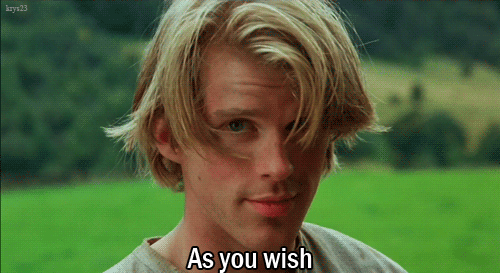Richard Newton is Assistant Professor of Religious Studies at Elizabethtown College. His scholarship focuses on the anthropology of scriptures. He also curates the student-scholar collaborative blog, Sowing the Seed: Fruitful Conversations in Religion, Culture, and Teaching. Follow him on Twitter and Instagram @seedpods. (The introduction to the series is posted here.)
Brent Nongbri begins his approach to religious studies with memory of a problem. The problem is his inability to translate the English word, “religion” into the Khasi language of his fatherland. Well-disciplined in the liberal arts, he initially turned not to his father but to a Khasi-English dictionary for insight. Only after coming up short and progressing in his studies would he ask his father, who gave him the term, ka naim. Then as a graduate student, Nongbri knew well enough to inquire more—though again, not with an extended conversation on its semantic range but with yet another trip to the dictionary. There he learned that:
[ka naim] could also simply mean “customs,” that is to say, not necessarily anything particularly or especially religious…It turned out that naim was in fact not an indigenous Khasi term at all but a loan-word from the Bengali niyama, meaning “rules” or “duties.” My father’s language, it seems, had no native word for “religion (1).
What I appreciate most about Nongbri’s genealogy is that he doesn’t start “once upon a time in the land of…” or “a long time ago in a galaxy far away” or the equally fantastic opening of so many textbooks, “before the common era in the cradle of civilization.” Instead we begin with a crisis pertaining to what and how he knows what he knows. Nongbri’s story is not simply about the word or thing called “religion.” It’s about fathers and sons, tribes and nations, our problems and our solutions.
After showing “religion” as a modern Western metric for naming proximity to Protestant Christianity, Nongbri concludes with the caution that “we have to be honest about the category’s origins and not pretend that it somehow organically and magically arises from our sources (153).”
Many reviewers of the books have struggled with what to do after his intellectual adventure. His argument’s implications have left readers wanting to know whether to carefully apply or abandon, the term “religion.” The book’s epilogue suggests to me a different kind of ending for religious studies scholars to ponder. He says as much in challenging us “to be honest about …our sources.”
Department alumna Andie Alexander underscores the potential here.
For, to me, sources and claims about sources are much the same (they are all instances of human discourse), so to see so-called primary sources as anything more than yet another discourse taking place, is to miss the mark. Primary sources certainly do not represent or depict the “real” any more than the secondary sources. For, inasmuch as we presume them to be human artifacts, primary sources have an argument and methodological approach that is necessarily rooted in certain perspectives and biases.
Take the initial primary source for Nongbri’s research, a dictionary. Now were a lay person to ask what exactly the scholar of religion studies, how many of us would say dictionaries? But consider the possibilities were we to train our gaze on these and other primary sources.
Similarly Nongbri’s historical analysis reaches closer to the present than we may give him credit. Thus, I also read Before Religion as a prelude to a study of religion that examines what people have done happily ever after “religion.” So where Nongbri surfaces a diverse range of past phenomena signified as “religion,” we could similarly analyze comparable, contemporary social dynamics in histories not necessarily indexed under that term.
After all, when has it ever been about a word or thing called “religion?”
I’m reminded here of the insights of one of my former undergrads, Samantha Poremba. Differentiating politically correct word-smithing from the critical study of identity and religion, she writes:
When we check privilege … we are looking at only an extremely micro-level tier that contributes to a greater dynamic. In so doing, we disregard the effects of other intersecting identities, the history and context of the system, and the individual interactions that result in its construction.
If religious studies is looking at the magic dwelling in the primary sources around us, we should feel free to examine the human beyond the word or thing. Antiquity, politics, sexuality, disability, economics—Nongbri all but says, “As you wish.”
For the academic yarns we spin are not to be the last word or the final telling. They’re written so that in hearing them we might better understand and revisit questions worth further exploration—even if they have us look beyond “religion.” Critical histories are always just beginning.

